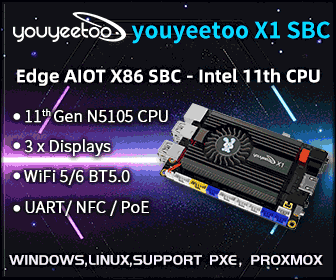Unboxing of Tronsmart Draco AW80 Meta mini PC Powered by AllWinner A80 Processor
GeekBuying sent me a sample of their Tronsmart Draco AW80 mini PC powered by Allwinner A80 octa core processor. I’ve received the Meta version with 2GB RAM, and 16GB eMMC, but next month Telos version will ship with 4GB RAM and 32GB eMMC instead. Today I’ll show some pictures of the product and the internal boards, and in a few days I’ll write a full version with the Android 4.4 firmware. Later, I’ll most certainly review the Ubuntu beta image that’s scheduled for released by the end of the month. Tronsmart Draco AW80 Unboxing I’ve received the device by DHL in the black and gold package below. I was surprised by the size of the box (16.4 x 16.4 cm) which quite larger than what I’m used to with other TV boxes, and all cables and accessories are stored in little black boxes within the main package. Accessories include a […]





